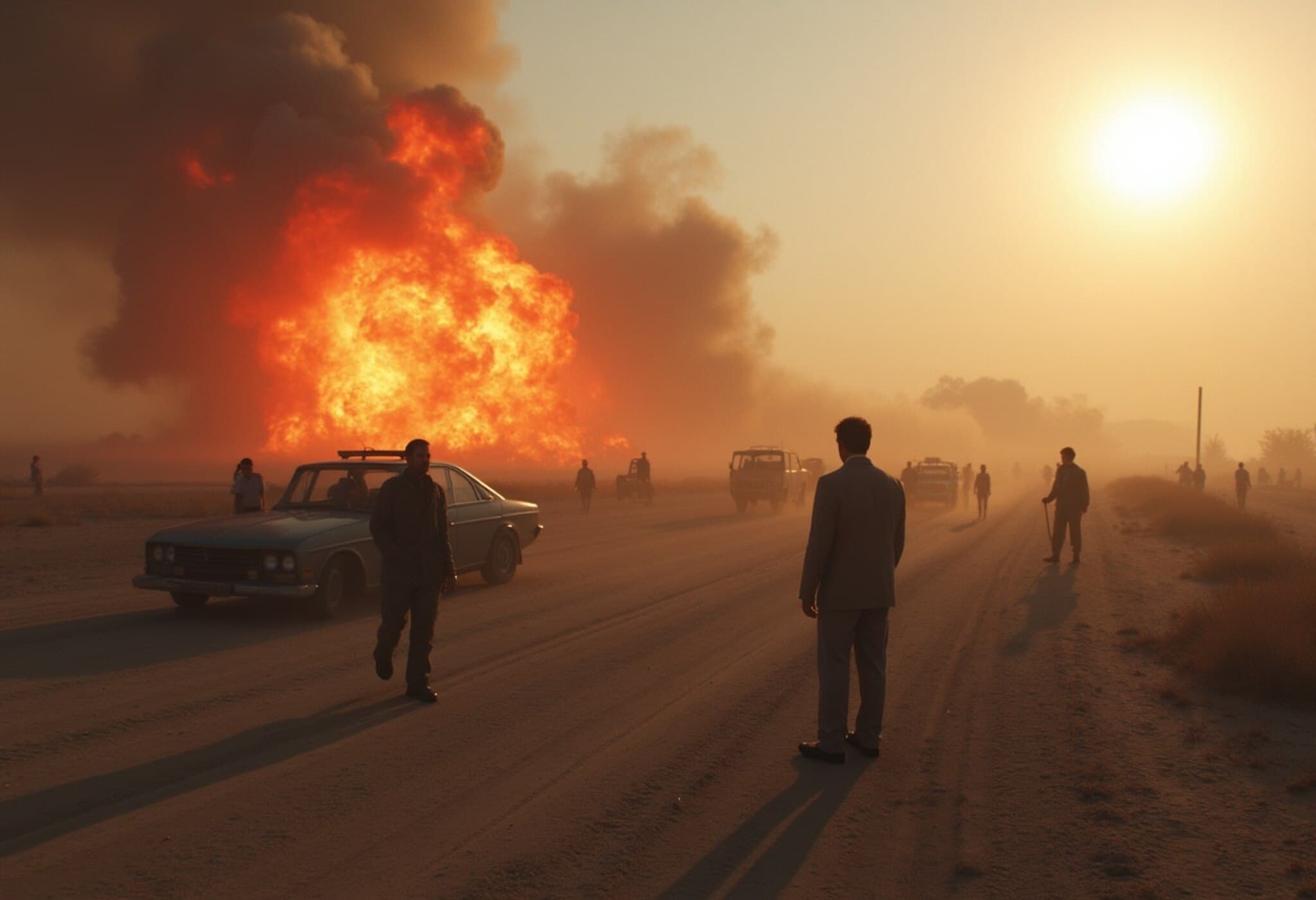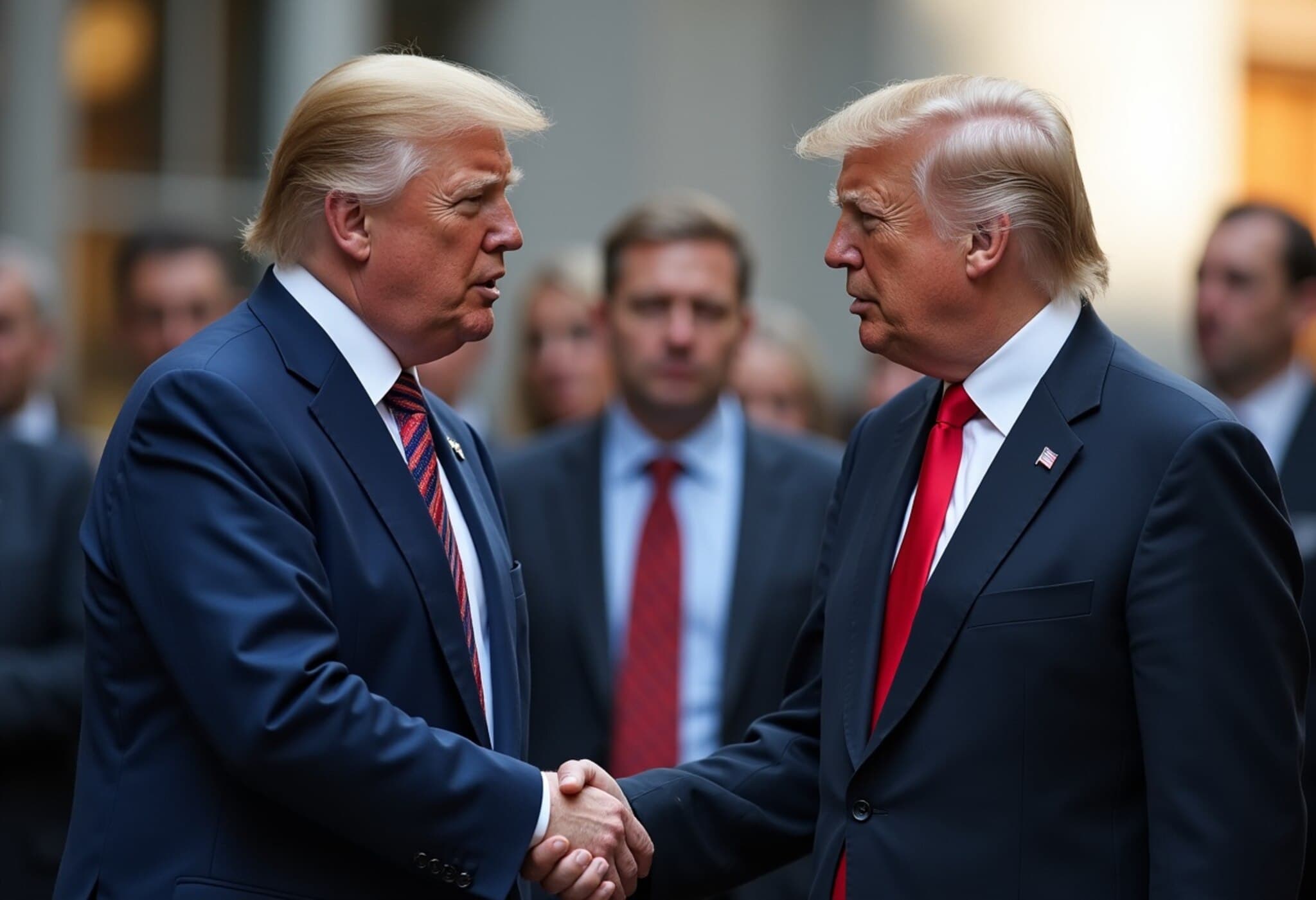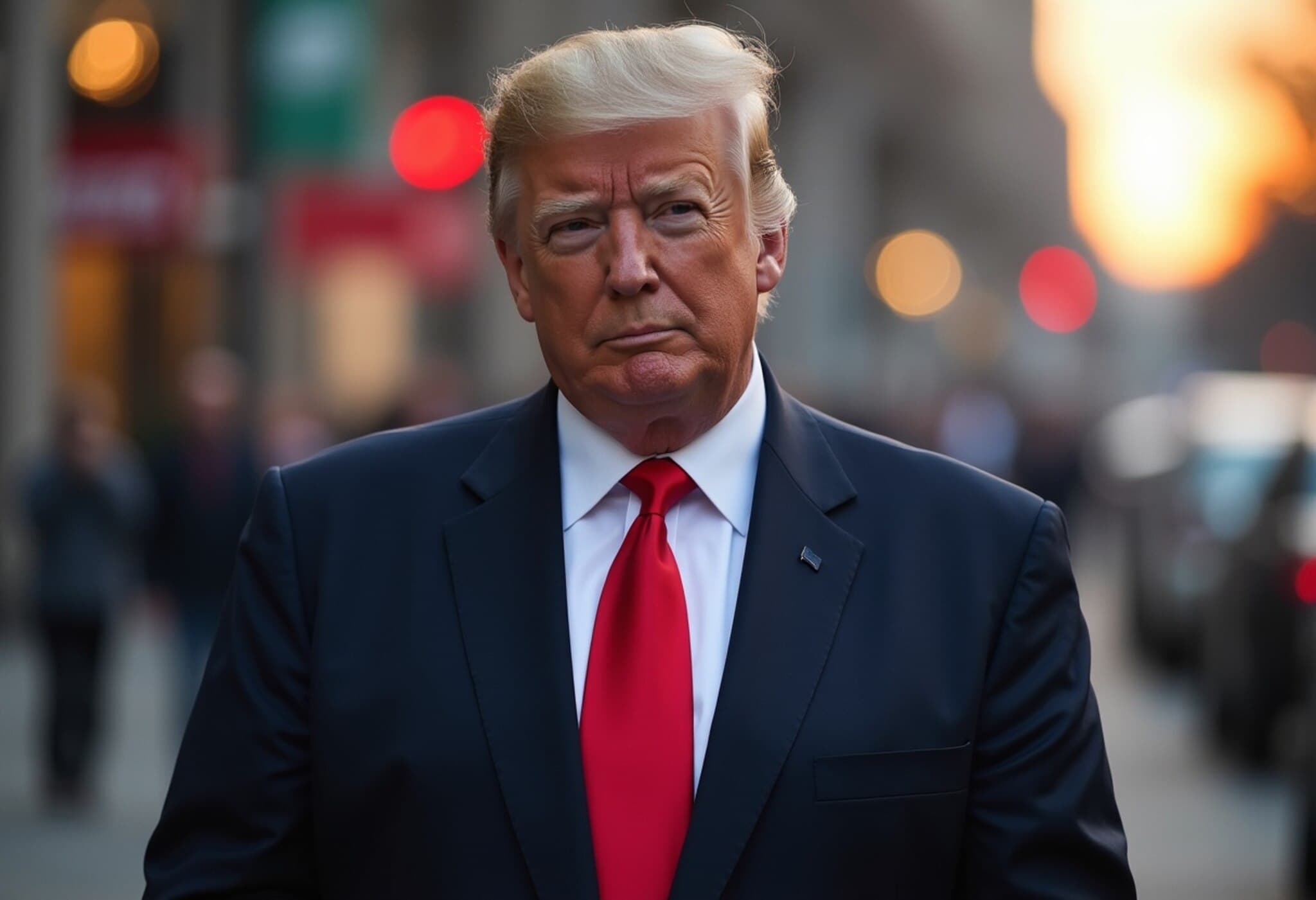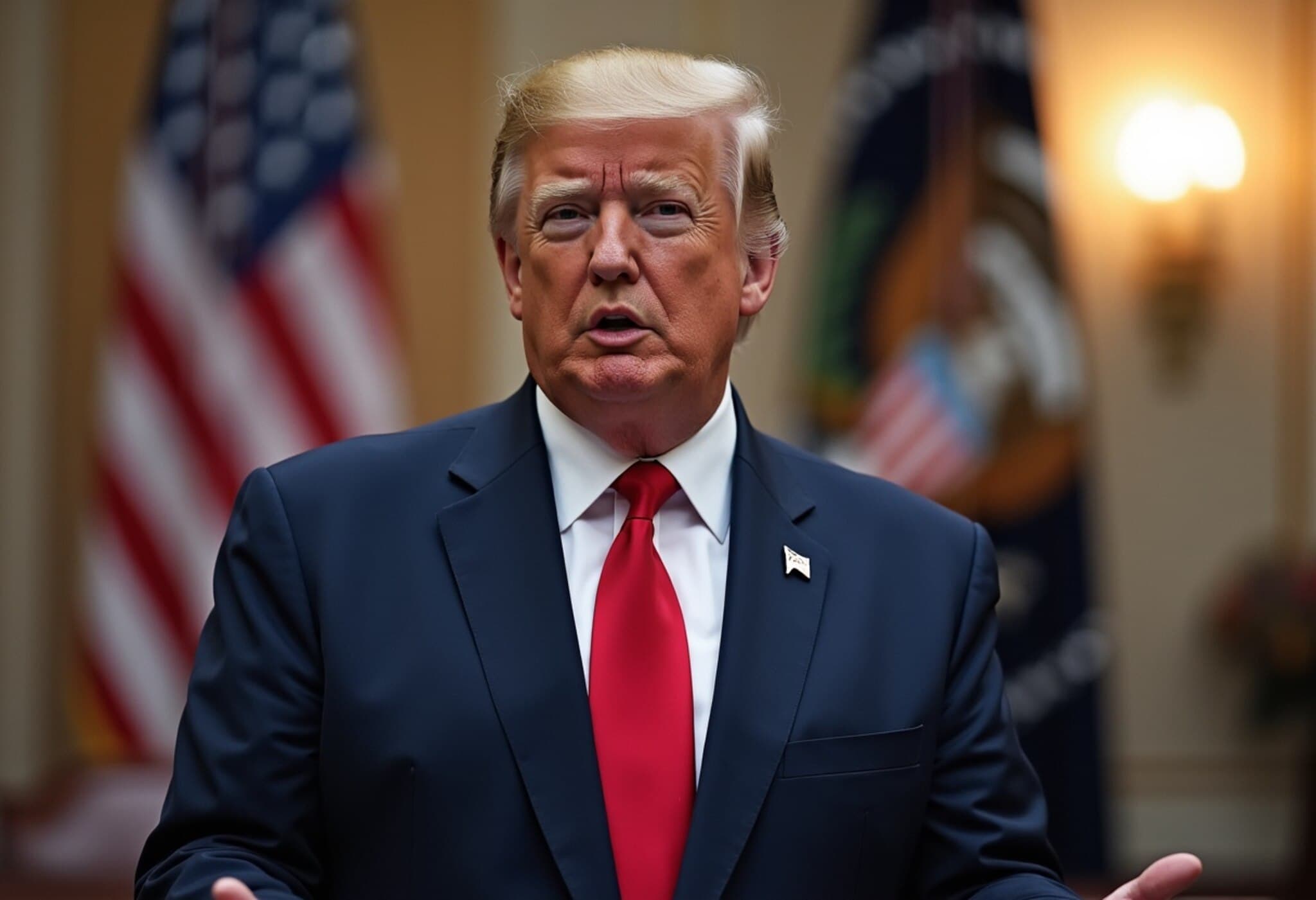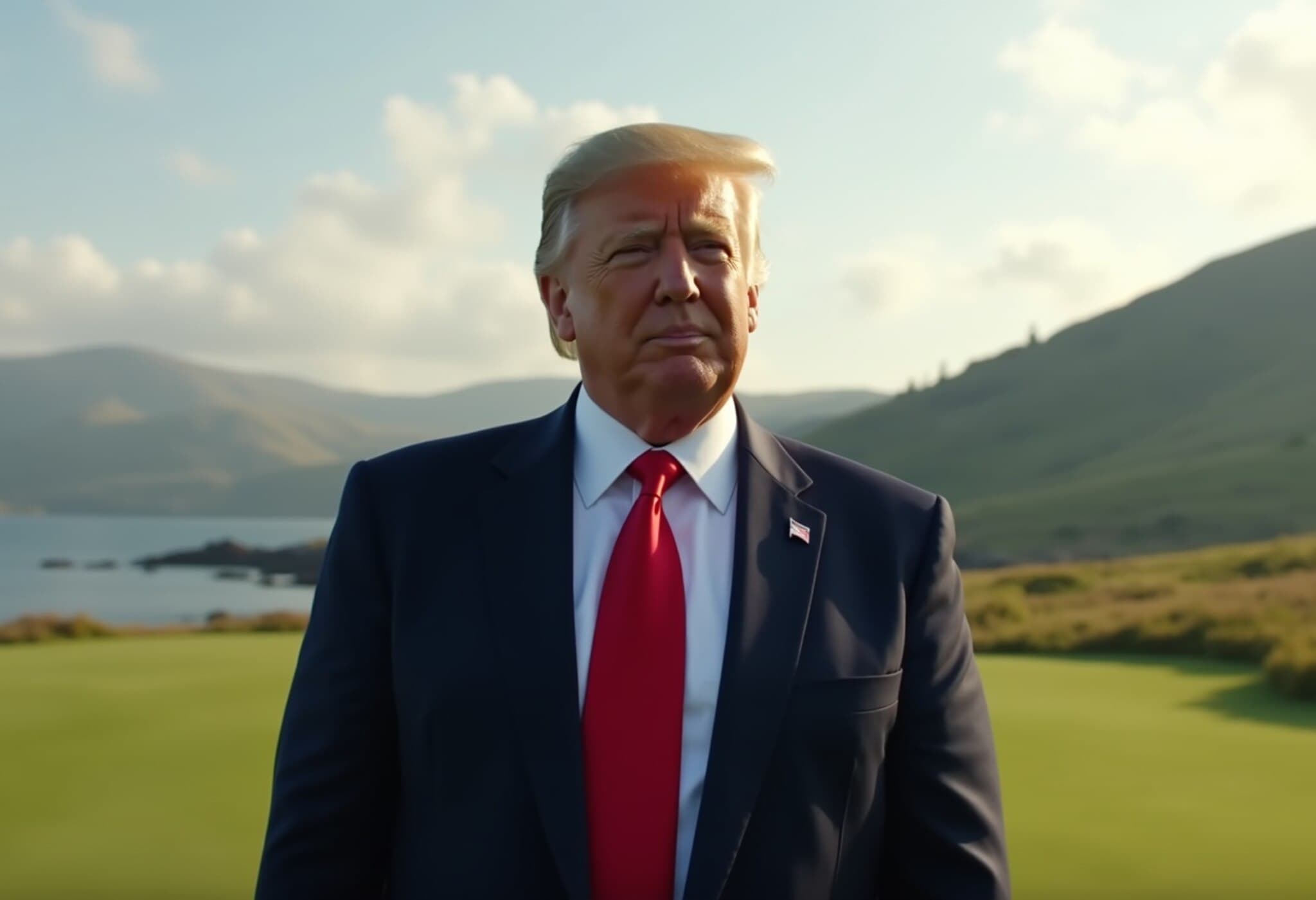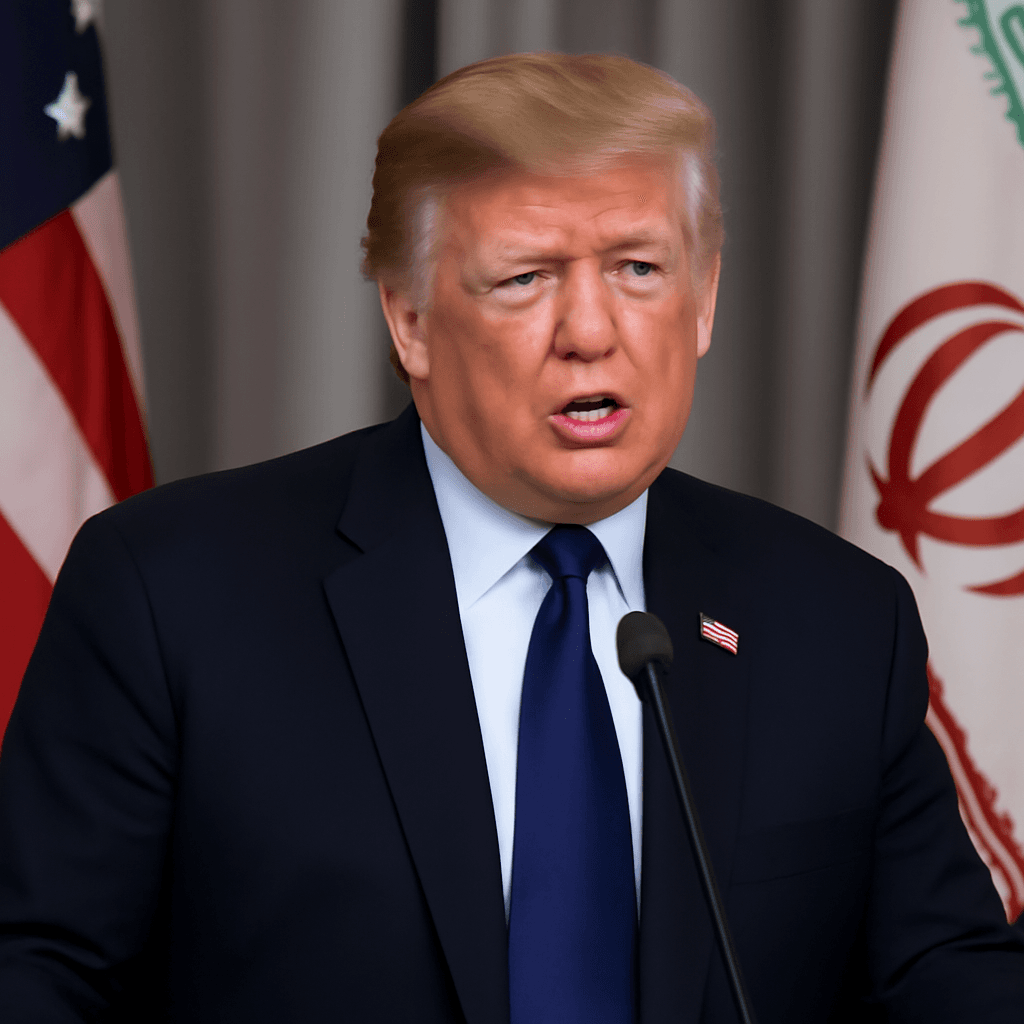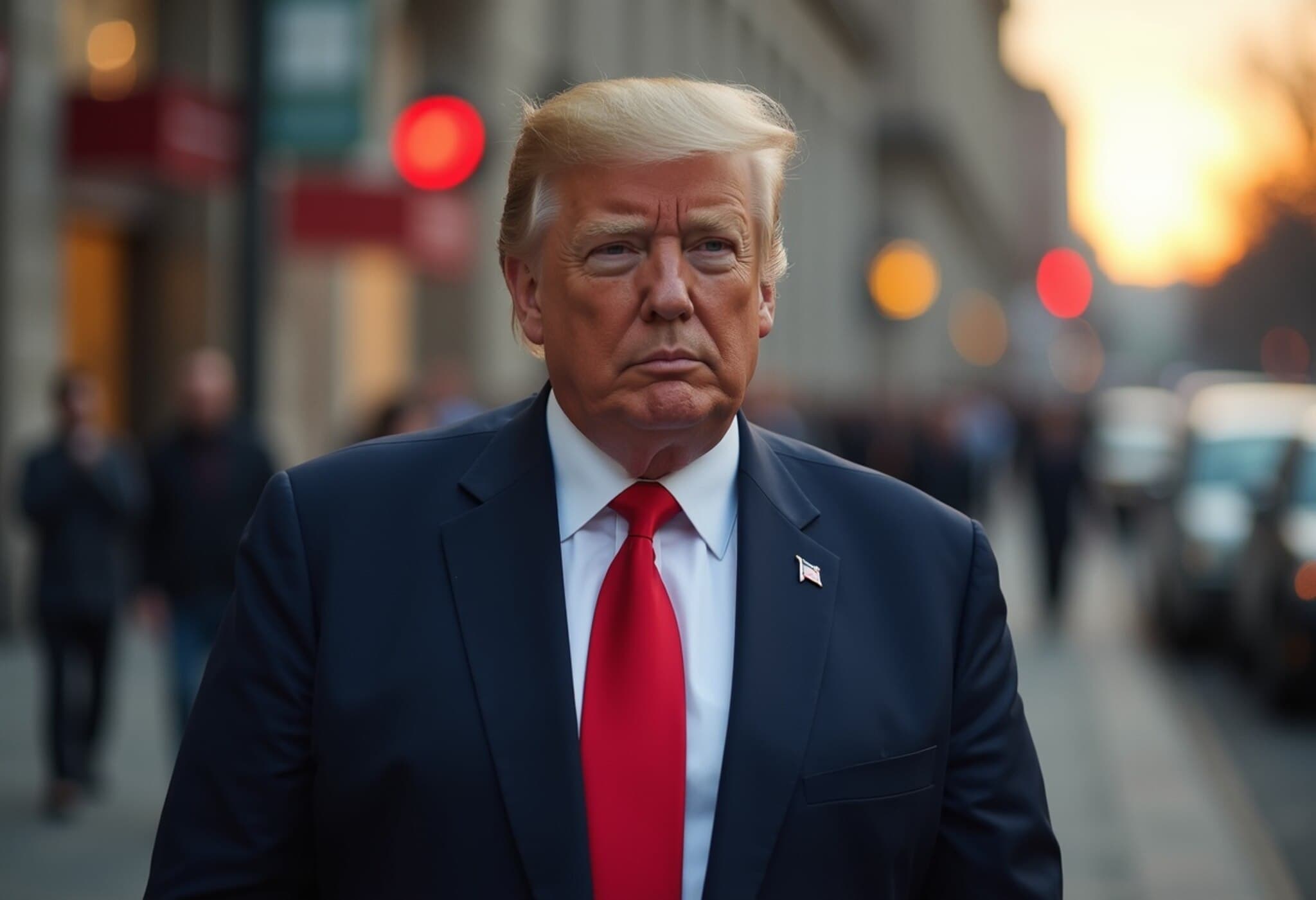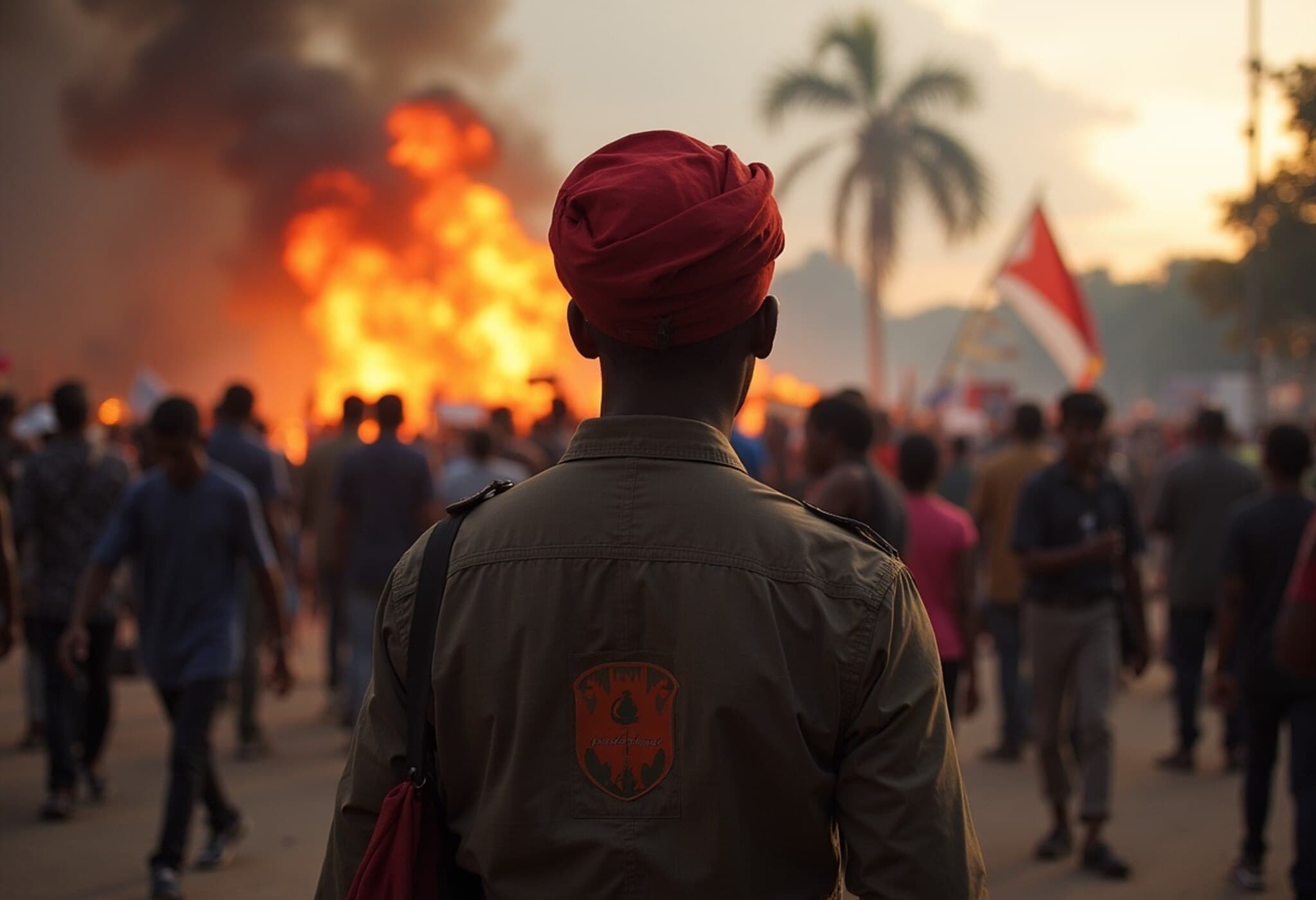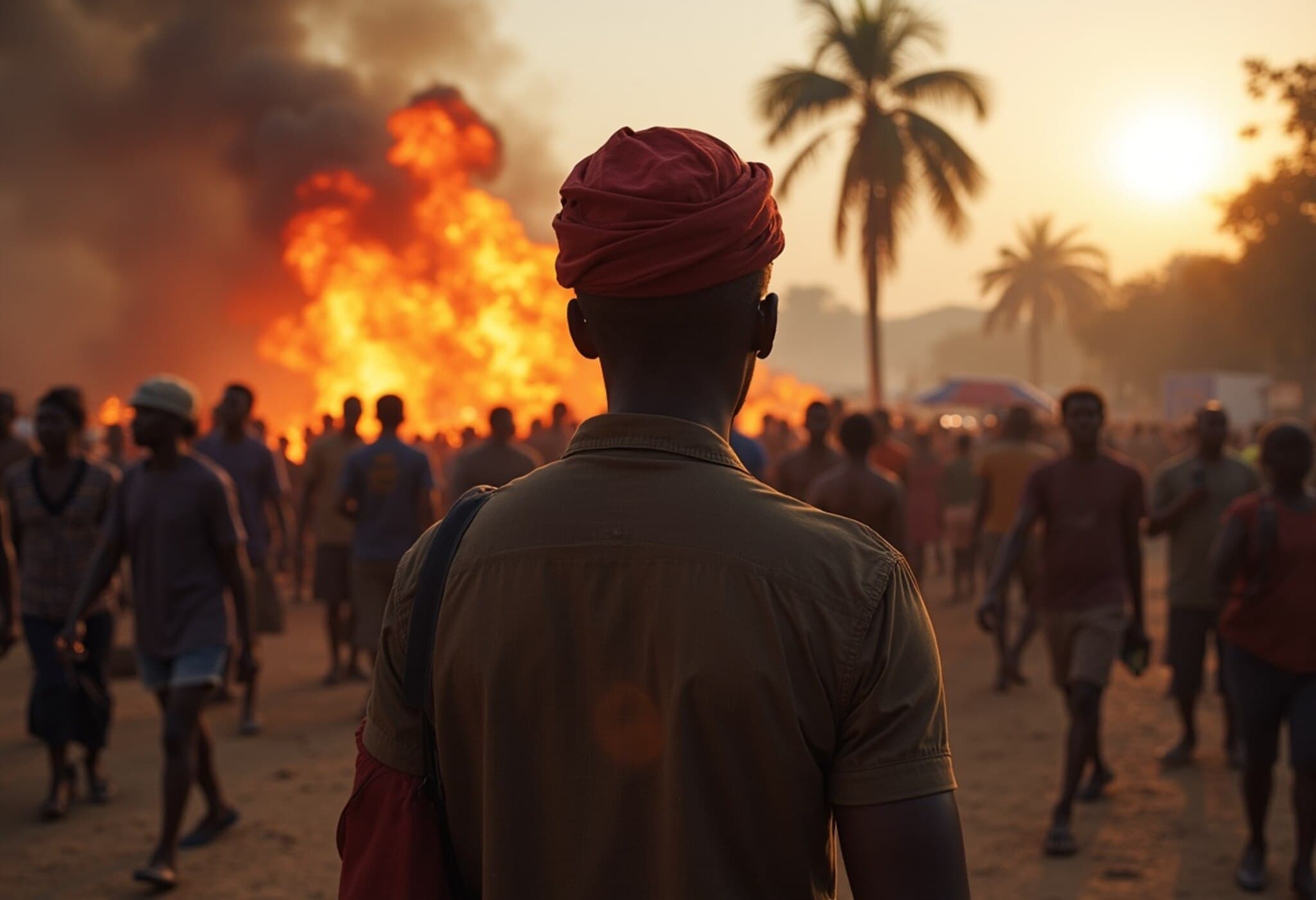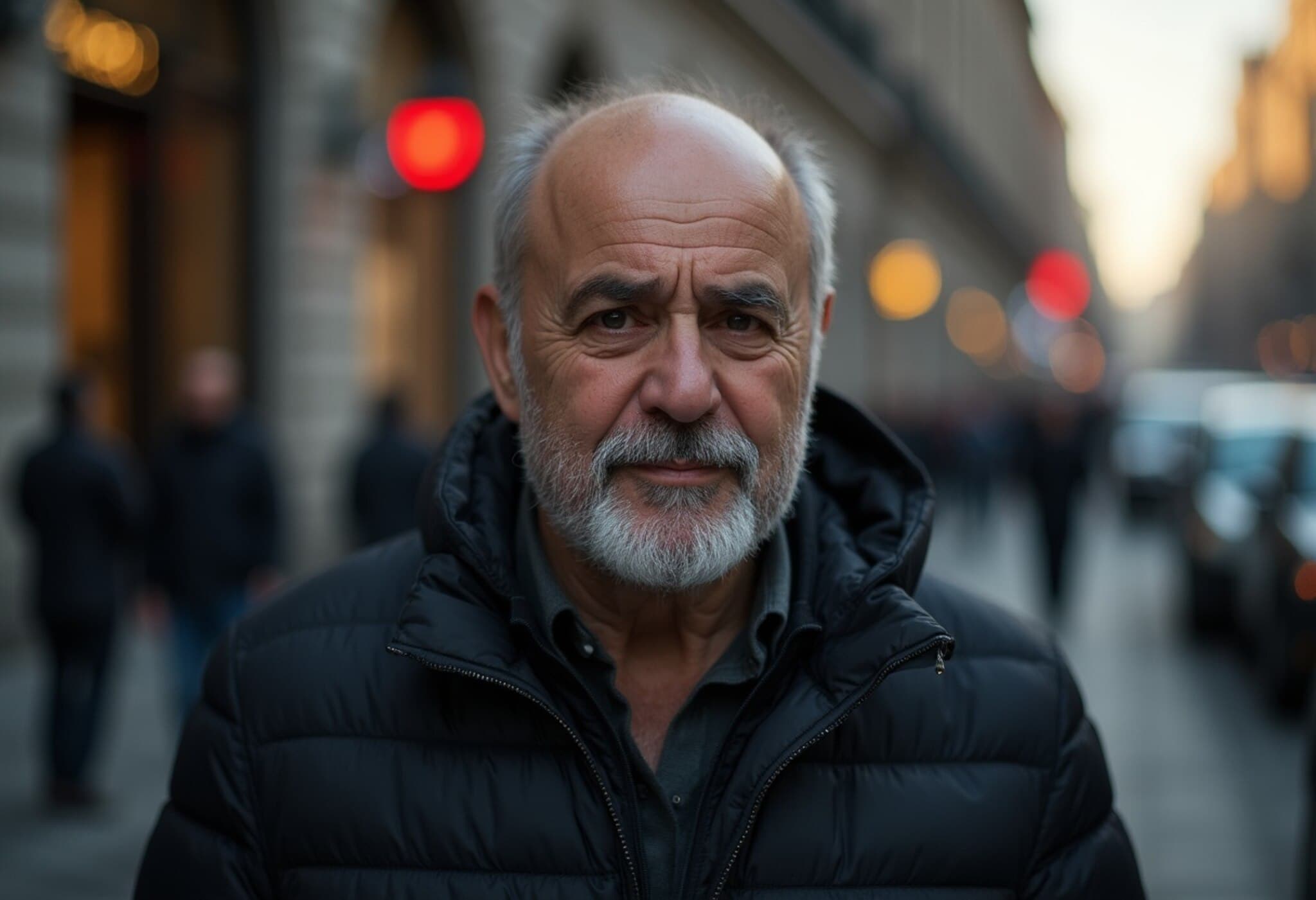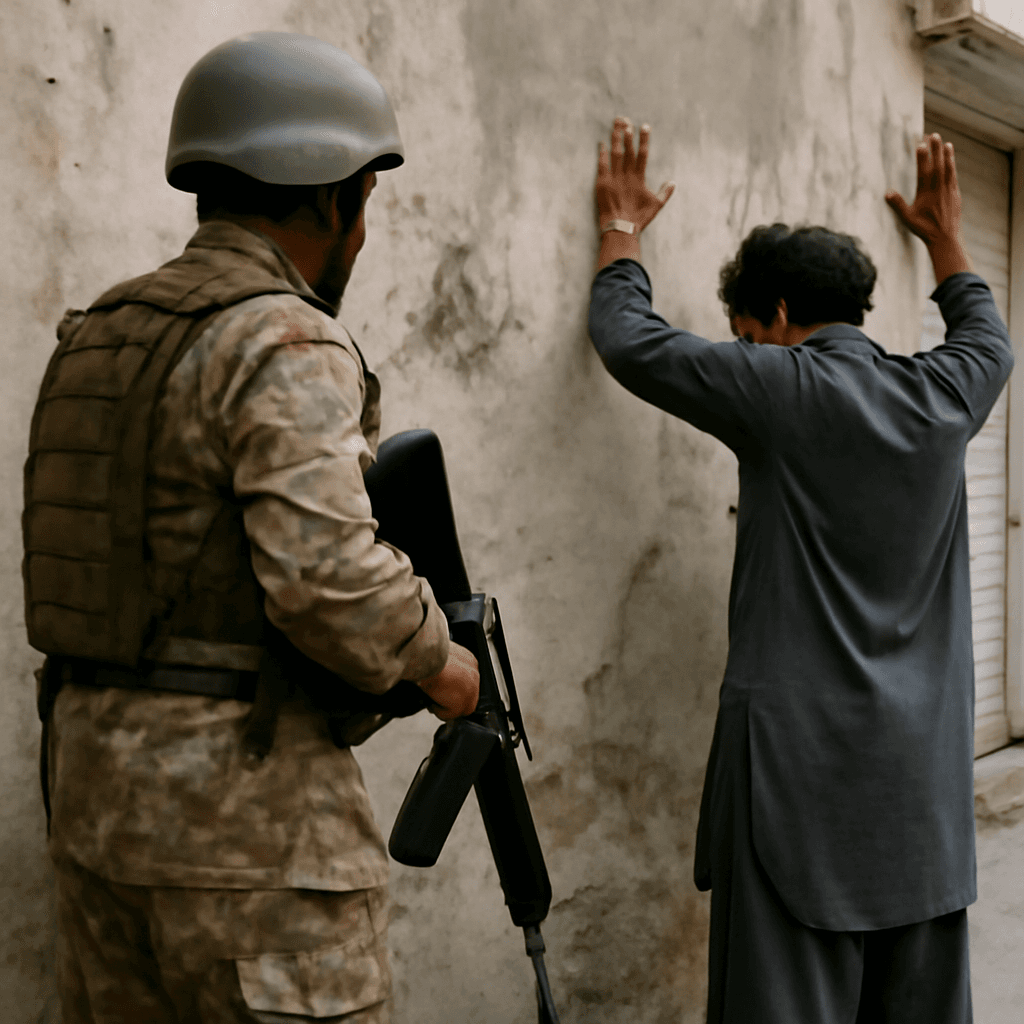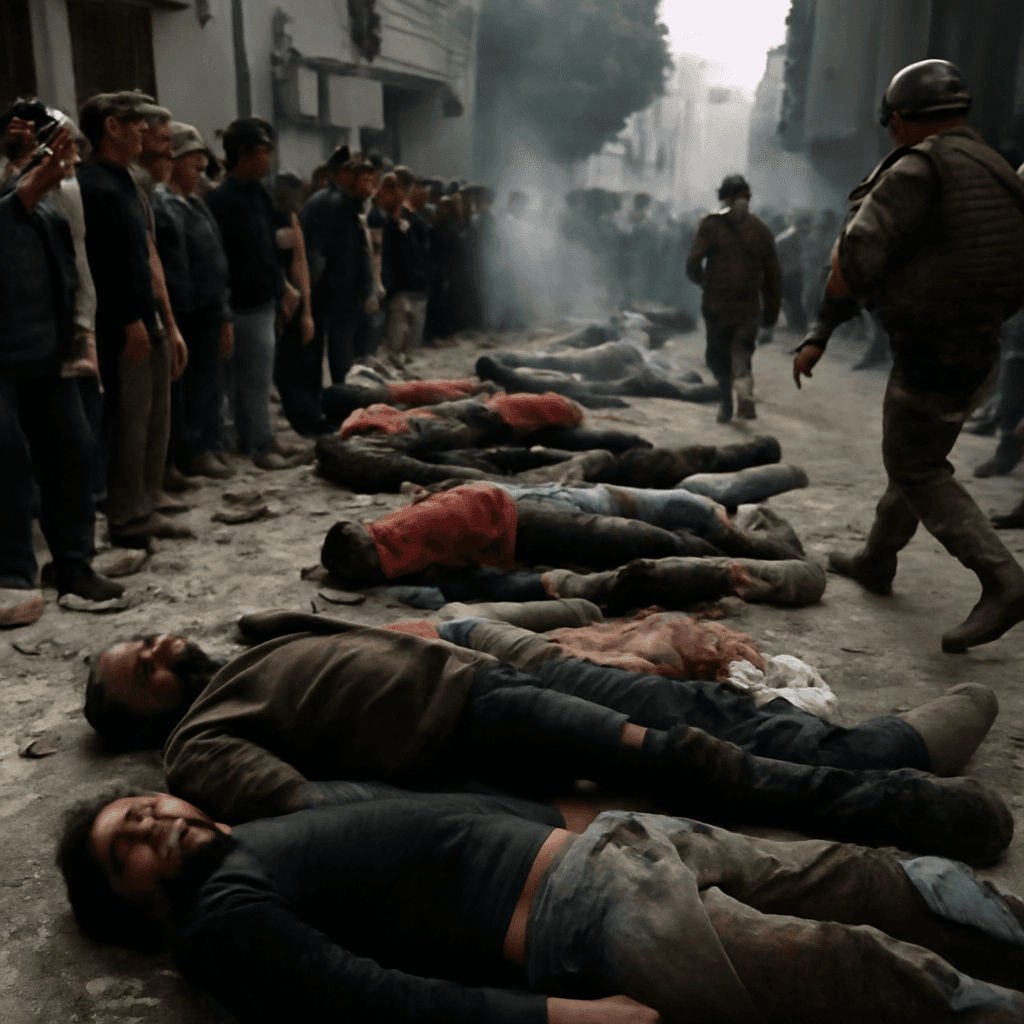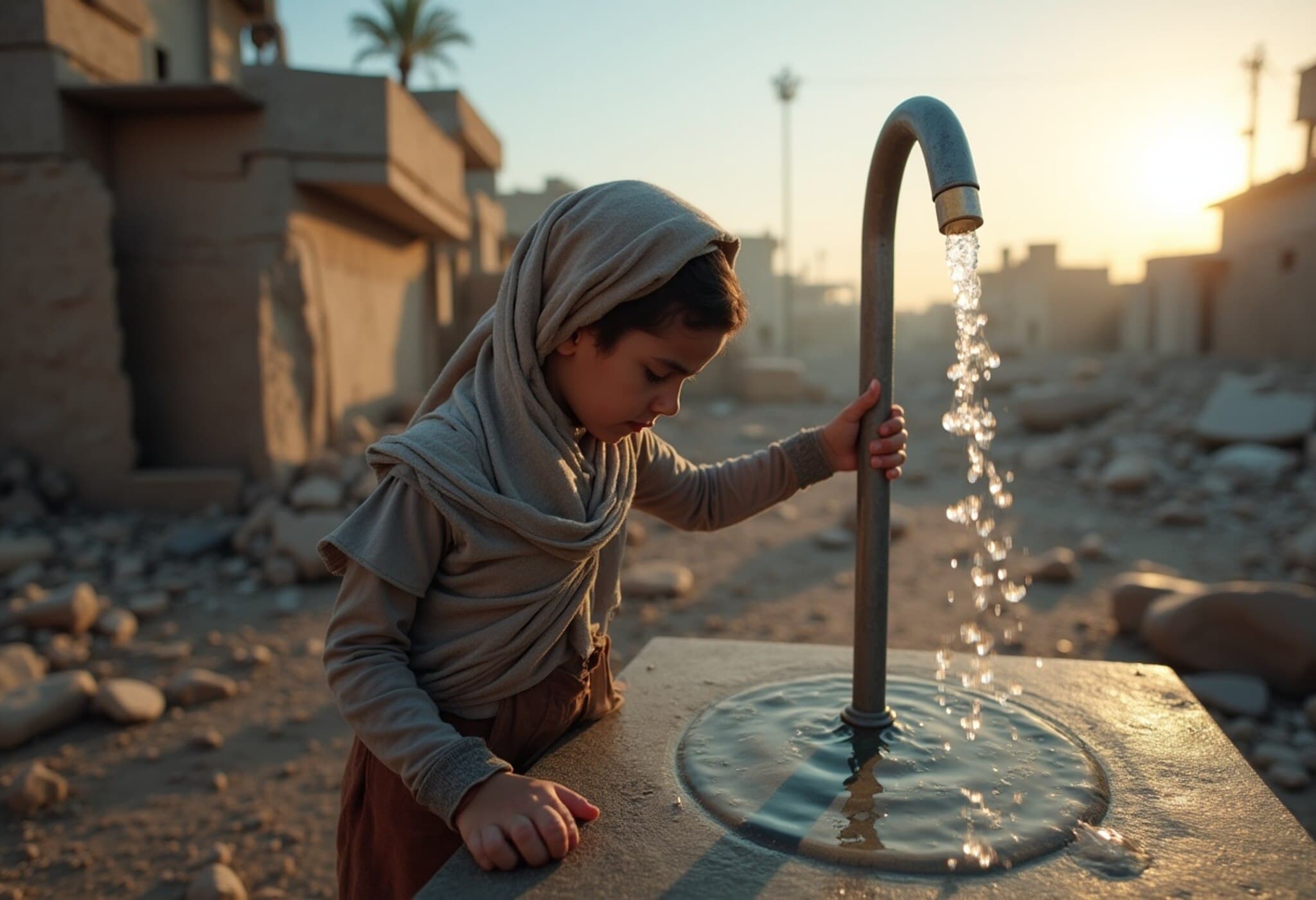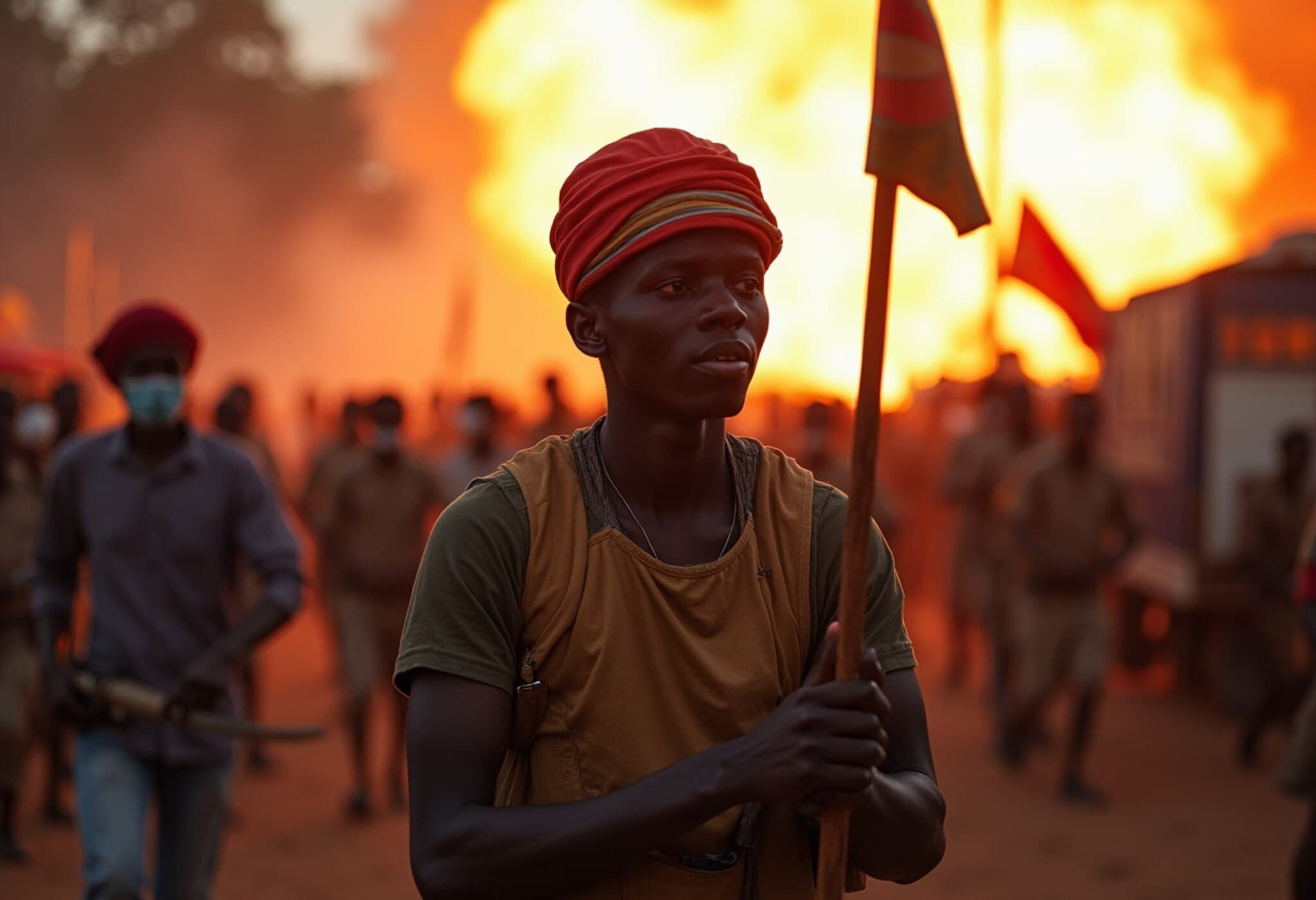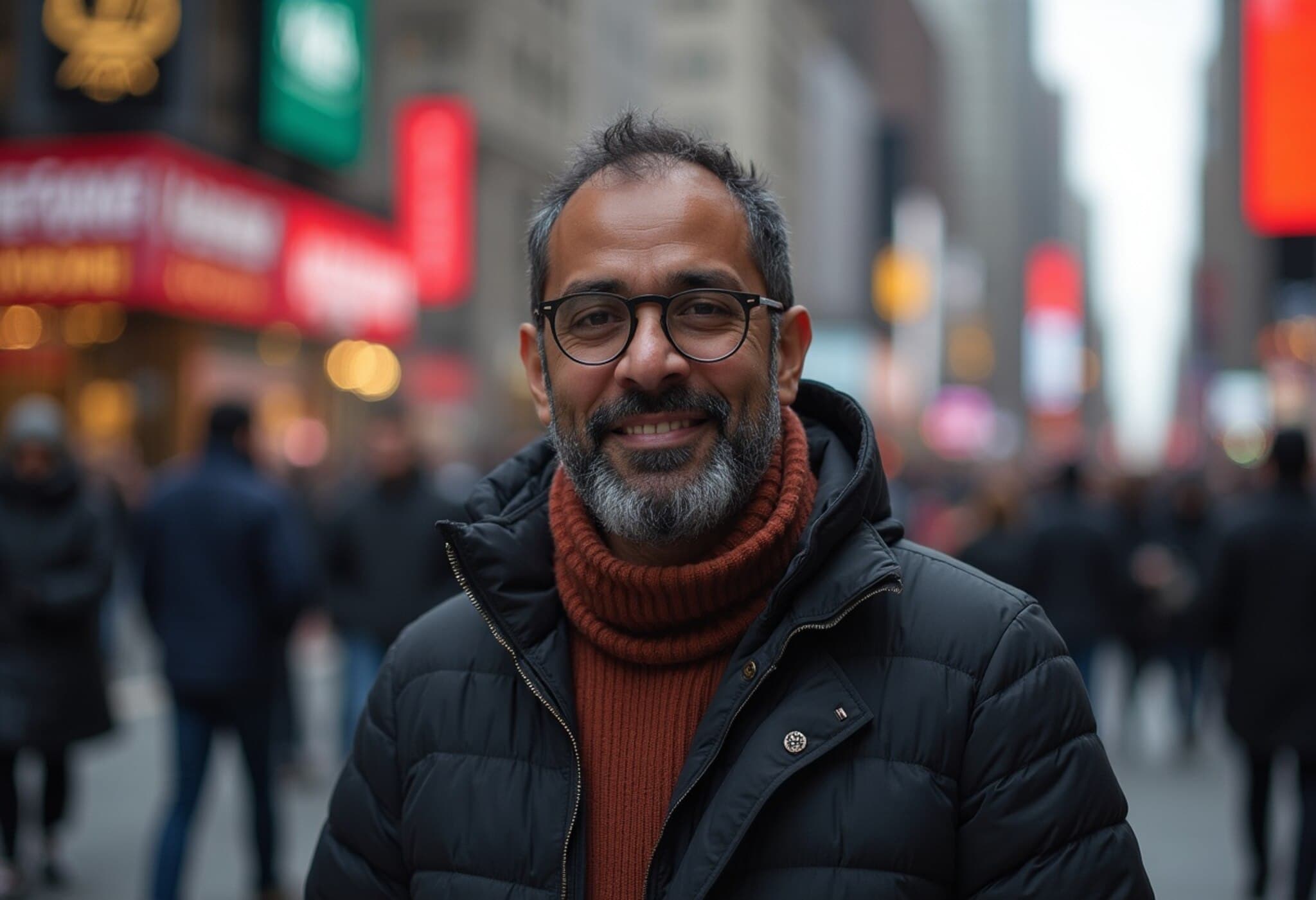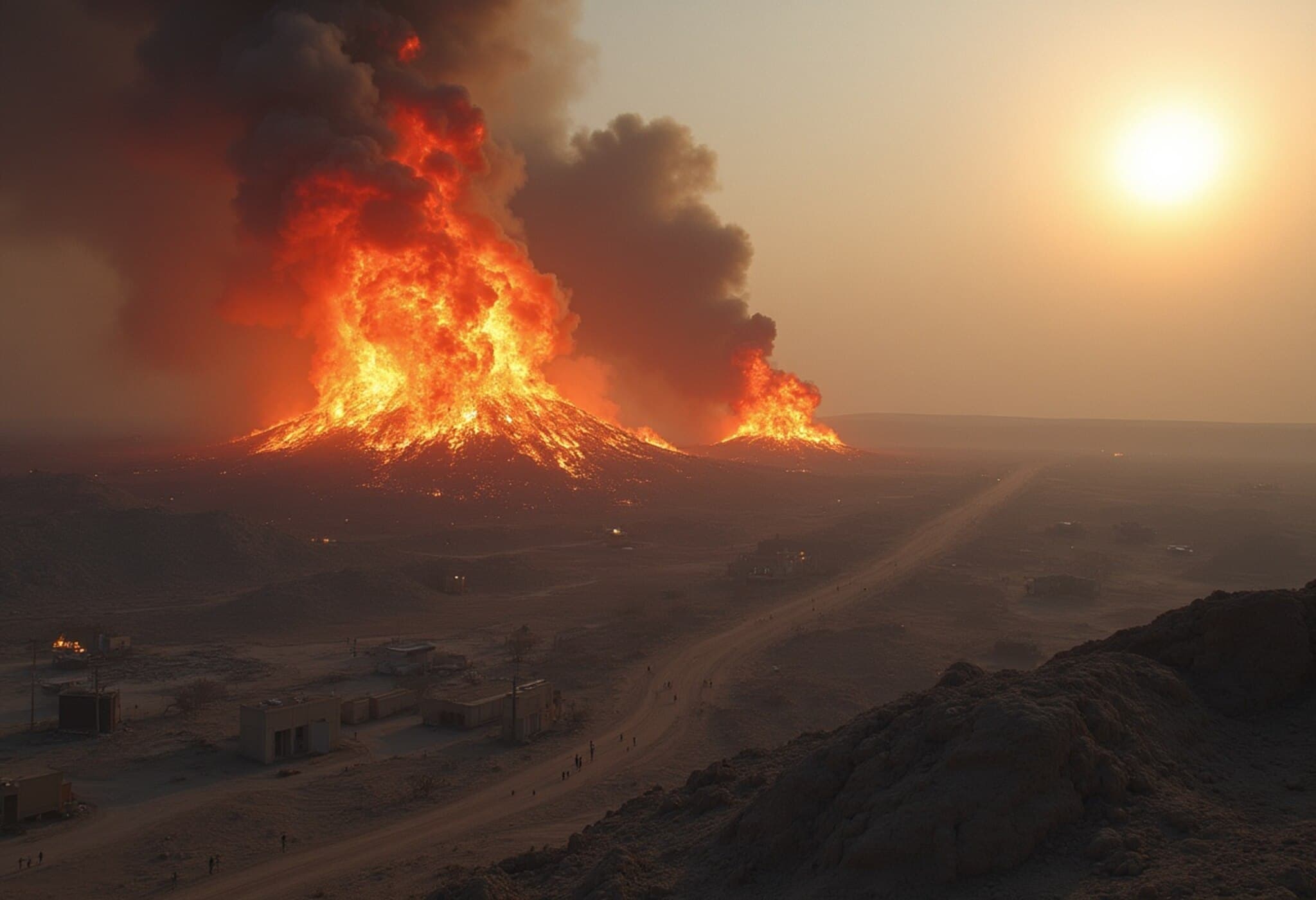Violent Clashes Mark Anniversary of Kenya’s 2024 Anti-Government Protests
At least eight people lost their lives and around 400 others were injured during nationwide demonstrations across Kenya, as thousands took to the streets on the anniversary of last year’s unrest opposing a controversial tax bill.
Escalation in Nairobi and Beyond
In the capital city, Nairobi, law enforcement deployed tear gas and water cannons to break up large crowds protesting near key government sites. Tensions quickly escalated into clashes between demonstrators and police, prompting widespread reports of violence and injuries.
The Kenya National Commission on Human Rights (KNCHR) reported that all eight fatalities were allegedly caused by gunshot wounds amid a strong police presence. The watchdog also highlighted claims of excessive force, noting injuries from rubber bullets, live ammunition, and water cannons affecting protesters, police officers, and journalists alike.
Medical Facilities Overwhelmed as Casualties Mount
The main medical center in Nairobi, Kenyatta National Hospital, admitted over 100 injured individuals, primarily with gunshot wounds. Despite the volume of patients, hospital officials confirmed that no deaths occurred on-site.
Adding to the casualties, security personnel guarding Kenya Power’s headquarters in Nairobi reported one fatality when a guard was shot during the unrest.
Media Disruptions Amid Live Coverage
Earlier in the day, large crowds were filmed heading towards State House, the official presidential residence, prompting national TV stations to broadcast live coverage. However, two leading broadcasters were taken off air after defying a government directive to halt live transmissions of the protests. The suspension was later overturned by a Nairobi court, allowing coverage to resume.
Wide-Ranging Protests and Property Damage
Hostility extended beyond Nairobi, with isolated confrontations reported in Mombasa, Kitengela, Kisii, Matuu, and Nyeri. In Kikuyu town, near the capital, demonstrators set fire to court buildings, sending thick plumes of smoke into the sky and signaling the intensity of public anger.
Underlying Causes and Ongoing Unrest
While the initial 2024 protests subsided after President William Ruto dropped the proposed tax increases, dissatisfaction lingers over excessive police force and unresolved grievances. Recent demonstrations were reignited following the controversial death of a blogger and teacher, Albert Ojwang, who died in police custody.
Six individuals, including three police officers, have been charged with Ojwang’s murder, all denying the accusations. His death has galvanized Kenyans mourning past protest casualties and those lost to suspicious disappearances.
"We are fighting for the rights of our fellow youths and Kenyans and the people who died since June 25… we want justice," stated Lumumba Harmony, a protester in Nairobi.
Implications for Kenya’s Political Landscape
The violent scenes primarily unfolding on June 25 last year, when police fired live rounds at protesters attempting to storm parliament, signaled a significant crisis for President Ruto’s administration and drew international concern regarding human rights and rule of law in Kenya.


